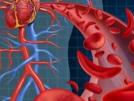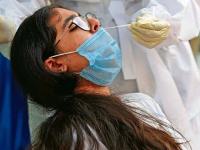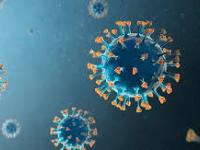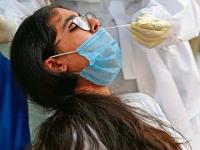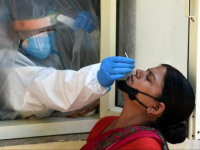6 feet of social distancing may not always be enough to protect from COVID-19
By Lokmat English Desk | Updated: December 14, 2020 17:16 IST2020-12-14T17:16:23+5:302020-12-14T17:16:23+5:30

The current guidance for safe social distancing may not be enough to stop the spread of COVID-19, a new analysis suggests.
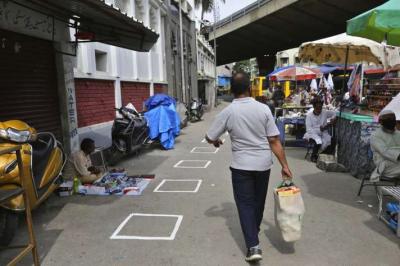
In the report, researchers from the Massachusetts Institute of Technology and the University of Oxford say other factors, such as ventilation, crowd size, exposure time and whether face coverings are worn, need to be considered, as well.
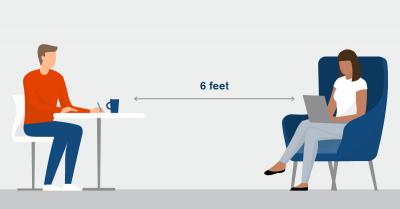
Since the beginning of the pandemic, the advice has been to keep at least 6 feet away from other people indoors and outdoors. "COVID-19 spreads mainly among people who are in close contact (within about 6 feet) for a prolonged period of time," according to the Centers for Disease Control and Prevention.

However, in the report, published in The BMJ, the researchers wrote that "physical distancing should be seen as only one part of a wider public health approach to containing the covid-19 pandemic."
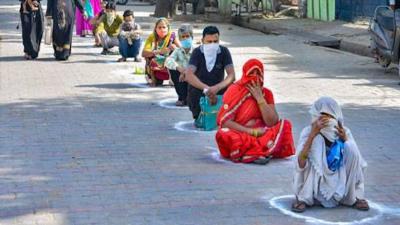
Lydia Bourouiba, an associate professor of civil and environmental engineering at MIT and co-author of the report, said, "It's not just 6 feet and then everything else can be ignored or just mask and everything else can be ignored or just ventilation and everything else can be ignored."
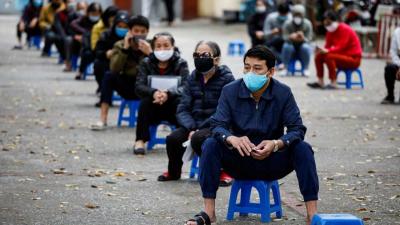
It's important to distinguish between high-risk and low-risk exposure, Bourouiba said.
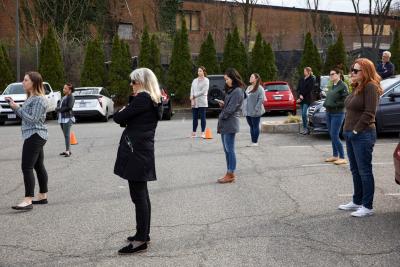
Some evidence suggests that the coronavirus may travel more than 6 feet through activities like coughing and shouting, the researchers wrote.
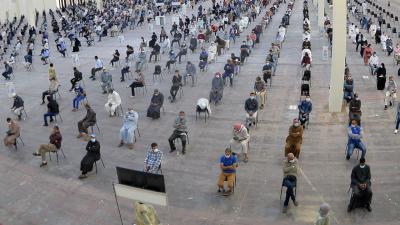
In the highest-risk situations, such as indoors with poor ventilation, large crowds, prolonged contact time and no face coverings, distancing beyond 6 feet should be considered.

Locations that fall under this category include bars, stadiums or restaurants. In low-risk scenarios, such as in outdoor spaces with few people nearby, less stringent social distancing should be adequate.

The researchers developed a color-coded chart to show how transmission occurs, based on different types of exposure. "This is a way to synthesize and, in some sense, translate complex notions into what we hope is an accessible color-coded chart," Bourouiba said.













